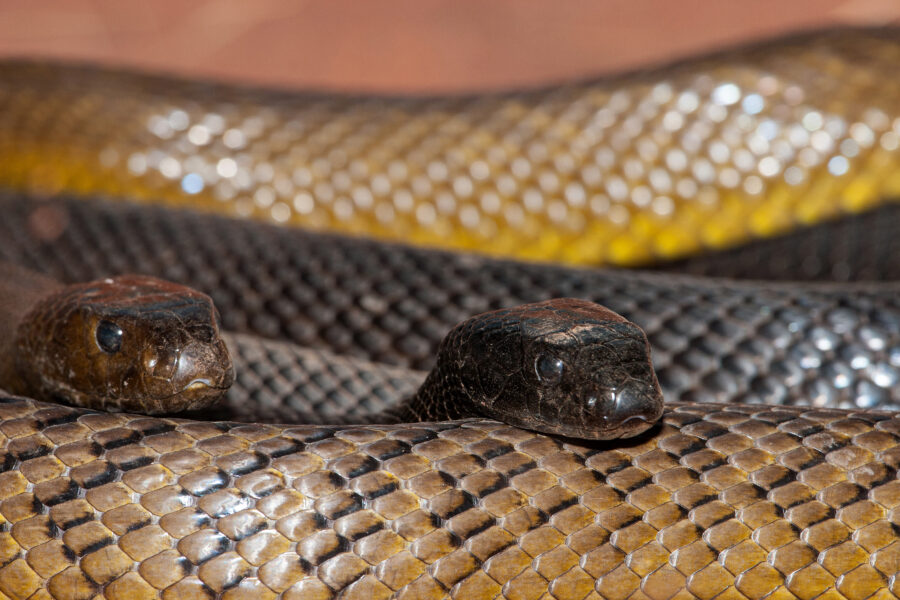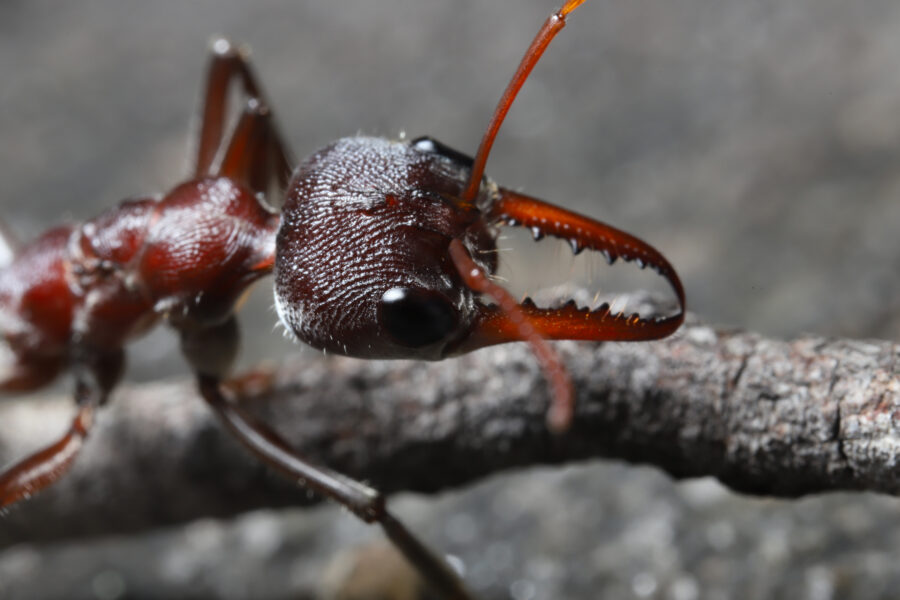Hoarding, sexual cannibalism, and messy webs: Redback spiders live a life of organised chaos

Bec Crew
Bec Crew
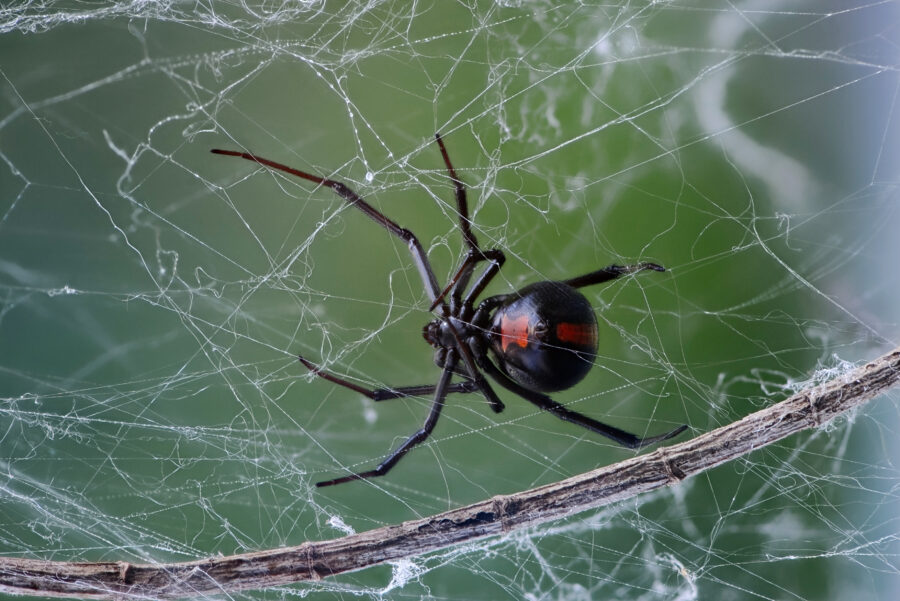
Not that their mess is a bad thing. This organised chaos actually gives redbacks a huge leg-up.
In perfect contrast to the symmetrical works of art crafted by orb weavers, redback spiders build an irregular, three-dimensional web. Inside is a tangled upper network of dry silk and a thimble-shaped retreat for the redback to reside in.
From this messy canopy, sticky vertical lines – called gum-feet – extend to the ground or surrounding surfaces. These threads work like trip-lines: when an insect, spider or small lizard walks into the web, they snap the line, triggering it to recoil upward and lift them off the ground, trapping them mid-air.
The redback quickly descends from its retreat to deliver a venomous bite and wrap the prey in silk, completely immobilising it.
The redback’s web is a perfectly engineered hunting platform that does all the work while it chills in its little loft.
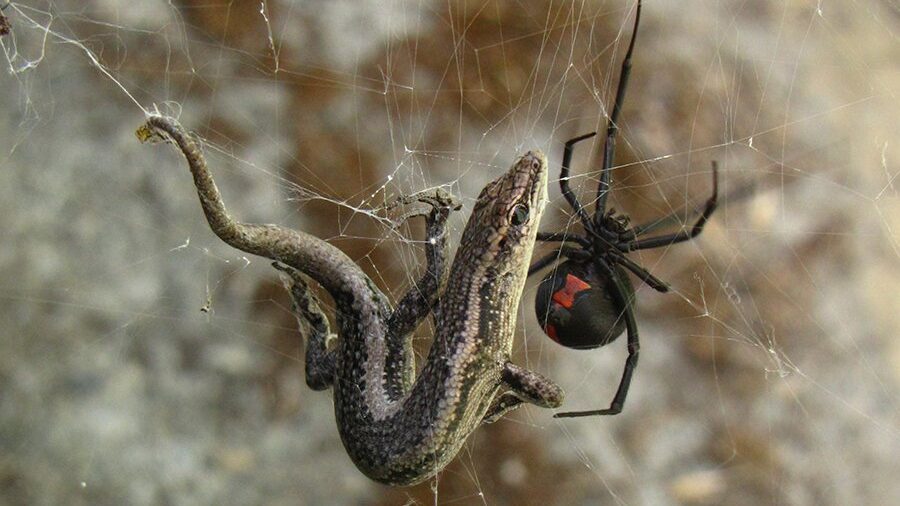
Redbacks aren’t just messy. They’re also hoarders. If dried leaves or other debris land in their web, they’ll often just leave it there and take advantage of the extra camouflage. Over time, bits of prey might also accumulate in the web.
Amid this squall the females will lay their eggs. They produce up to 10 egg sacs at a time, each containing roughly 250 eggs, and suspend them within the web. Any babies that don’t hatch will be cannibalised by their siblings.
Opposites attract, and this is certainly the case for redbacks. The females are the web-builders, the homebodies. They stay in their web and wait for the males to come to them.
The males stop building webs altogether when they reach a certain age and become nomads, wandering around until they find a female. When they do, they’ll lurk in the fringes of the female’s web, waiting for the right moment to chance an encounter.
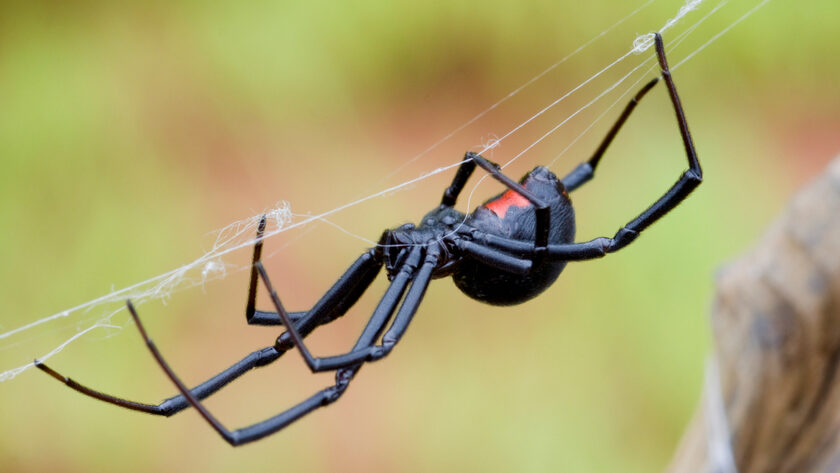
And if you thought their webs were chaotic, wait till you hear about their courtship rituals. To get the female’s attention, the male redback will pluck at the web, and when she arrives, he will stand on his head and ‘somersault’ his abdomen towards her mouthparts. The hope is that the female will start to eat him… to give the male a chance to stick his two palps (sexual organs located near his face) and transfer sperm into the female. Most males do not survive this process, known as sexual cannibalism.
The males haven’t completely given up, though. Some have figured out that younger females might not have learned how to cannibalise their mates yet. So, the males can mate with an immature female and actually have a chance of making it out alive to mate again.
The redback’s life is a disaster zone, but you can’t say it isn’t working for them!
